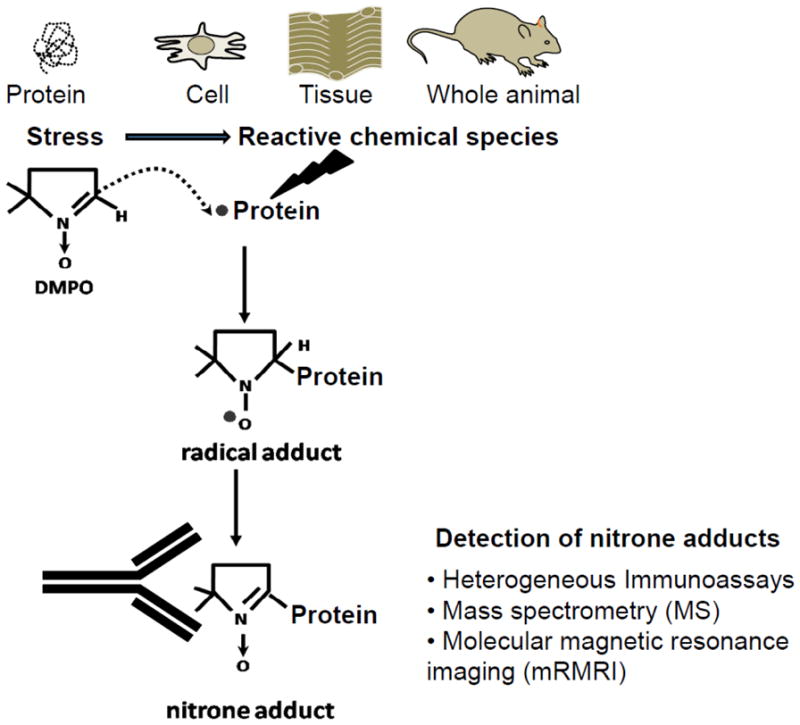Figure 2. Principle of immuno-spin trapping of protein radicals.

Immuno-spin trapping can be applied to investigate protein radicals in purified systems, cells, tissues and in the whole animal. The production of protein radicals is caused by one-electron-mediated oxidation of specific residues in a protein. These residues can be primary or secondary targets. Protein radicals are trapped in situ by DMPO to form protein-DMPO radical adducts. With time a radical adduct decays to form a stable DMPO-protein nitrone adduct. The DMPO motif of a protein-DMPO nitrone adduct can be detected with an anti-DMPO antibody using immunoassays. Protein-DMPO nitrone adducts can be pulled down by immunoprecipitation from complex mixtures such as homogenates of organelles, whole cells or tissues and then characterized using MS. To preserve tissue architecture, protein-nitrone adducts can be observed using the anti-DMPO antibody and fluorescent or immunogold techniques. Protein-DMPO nitrone adducts can also be detected using non-invasive techniques such as molecular magnetic resonance imaging (mMRI).
